Reviews
Can Maja Hoffmann’s Luma Foundation Breathe New Life into Arles?
A new Frank Gehry tower is looming over the city.
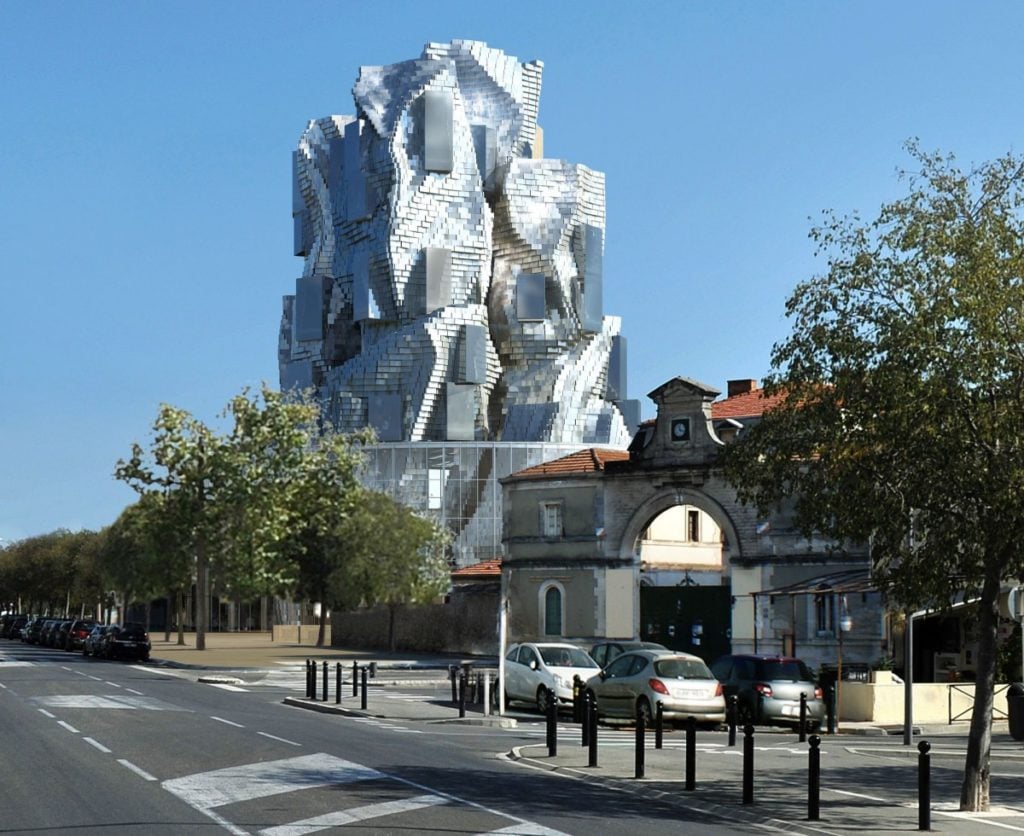
A new Frank Gehry tower is looming over the city.

Hili Perlson

The city of Arles in the south of France is known in the art world for two things in particular: Vincent van Gogh—enthralled by the special natural light of the Provence—lived here for 15 months between 1888 and 1889. In a productive frenzy described by historian Ronald Pickvance as the “zenith” of his artistic activity, he created dozens of paintings and hundreds of drawings in Arles.
And for those involved with the field of photography, the annual Rencontres d’Arles—a major photography festival inaugurated in 1970—makes the small post-industrial town a staple for anyone working with the photographic medium.
But Arles is also a place of dreary prospects, plagued by above-average unemployment rate for France (at about 12 percent), and tourism is, perhaps more than ever, vital for its economy.
Investing in Arles’s profile as a cultural spot, collector and art patron Luc Hoffmann, beneficiary of the Hoffmann-La Roche pharmaceutical fortune, joined the efforts to breathe new life into the once-vibrant city and leverage Arles into a world-class art location. In 2014, he opened the $15 million Fondation Vincent van Gogh Arles, which he financed entirely with private funds.
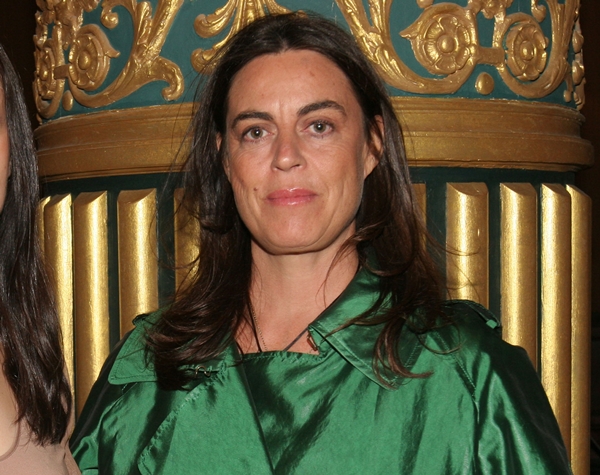
Maja Hoffmann. Courtesy of Will Ragozzino/Patrick McMullan.
Now, it’s his daughter’s turn. Maja Hoffmann, who’s also the president of the van Gogh foundation’s board of directors, has purchased a defunct SNCF rail yard, a sprawling site that has stood disused since 1986, and is currently being turned into an art campus, the Parc des Ateliers, and the site of the new Luma Arles. For her, investing in the city’s transformation is personal. “It’s where I grew up,” she reportedly said during the 2014 groundbreaking ceremony. “The big skies are something I think about wherever I am.”
The campus is a vast ensemble costing an estimated €100 million, which Hoffmann is funding via her Luma Foundation. It includes studios and exhibition spaces housed in the re-purposed railway workshops—redone by New York’s Selldorf Architects—which opened to the public this past July.
But that’s not all. When construction is finally completed, in 2018, the site of Luma Arles will be dominated by a glistening Frank Gehry tower.
With its irregular, protruding shapes, the tower is meant to mirror the rock clusters typical to the region, while its central drum will echo the Roman amphitheater of Arles.
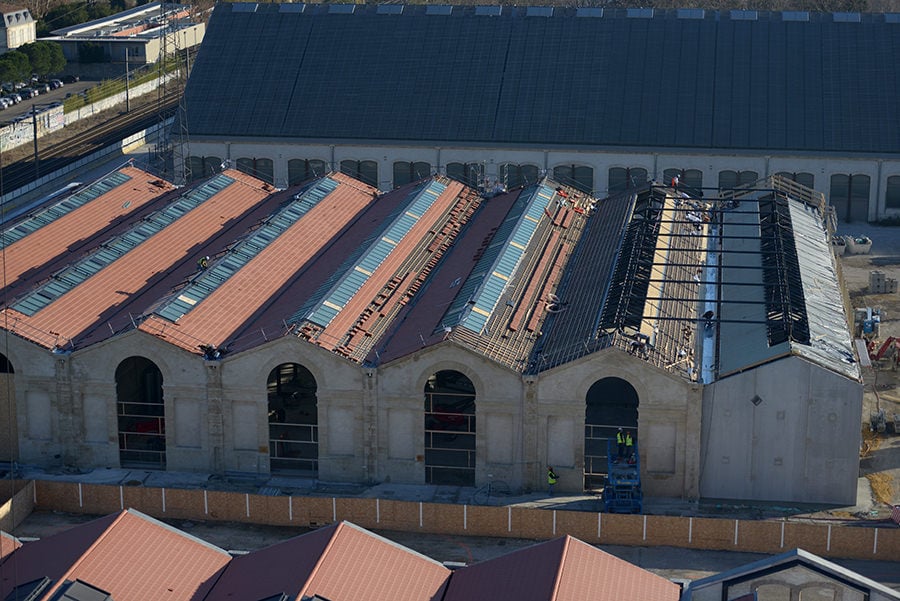
An aerial view of the re-purposed industrial campus of Luma Arles.
But not everyone is excited about the famous architect’s ambitious design, which will loom over the site. In fact, the original plan included two towers and was rejected by France’s Commission for Historical Sites and Monuments. Indeed, visiting the campus in late August, it is clear that the restoration of the existing, defunct workshops is warmly welcomed by locals: the generous exhibition spaces are well-visited, and the restaurant area, embellished with the bright, large-scale pictorial puns of Maurizio Cattelan’s TOILETPAPER, is bustling. And so the nagging question that lingers throughout the visit is “why this tower here?”.
Meanwhile, for the exhibition program at Luma Arles, Hoffmann enlisted a team of power-curators and artists: Tom Eccles, Liam Gillick, Hans Ulrich Obrist, Phillippe Parreno, and Beatrix Ruf are on the foundation’s “core group” of advisors.
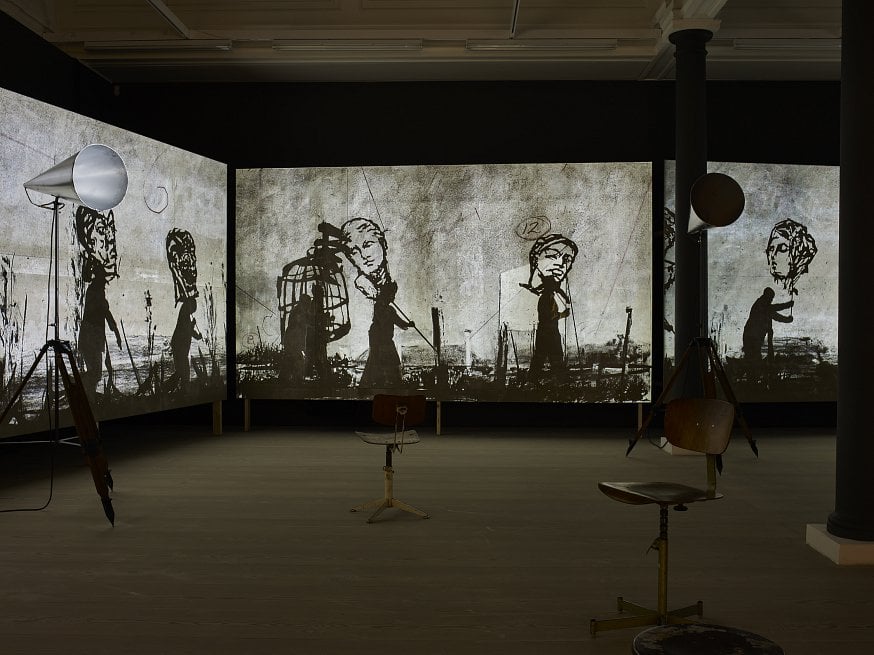
Installation view of William Kentridge’s More Sweetly Play the Dance (2015) at Luma Arles. Courtesy Luma Arles.
Currently on view at Luma Arles are William Kentridge’s multi-screen installation More Sweetly Play the Dance (2015)—part caravan procession, part Danse Macabre—in the as-yet-unfinished section called La Formation, and—a true highlight—the exquisitely structured group show “Systematically Open?,” at the newly-minted space The Méchanique.
Curated by Walead Beshty, Elad Lassry, Zanele Muholi, and Collier Schorr, and with fantastic architecture by Philippe Rahm, the exhibition is a serious, thought-provoking, and enticing survey of new modes of image production.
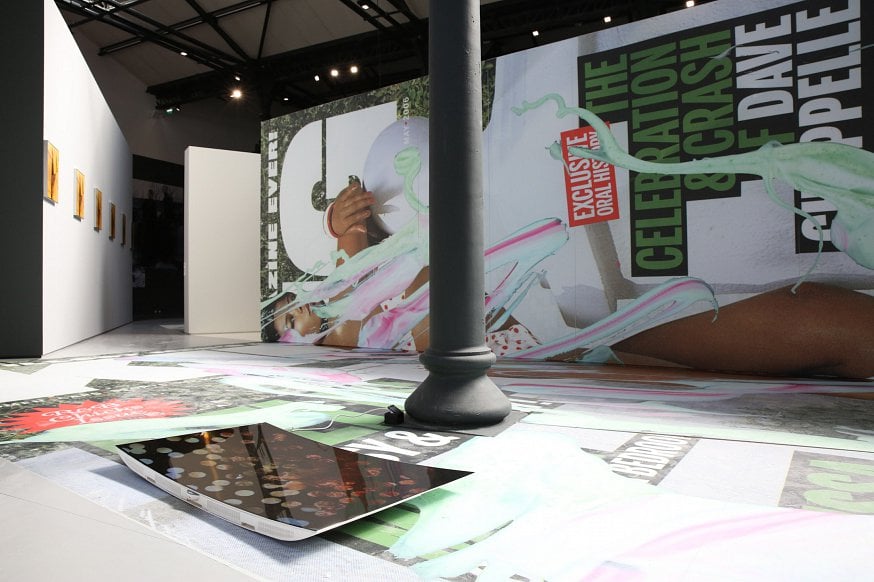
Installation view of “Systematically Open?”. Courtesy Luma Arles.
With four contemporary artists working with photography invited to act as the show’s curators, the choice might be perceived as somewhat loaded, as the exhibition coincides with the photography festival, Rencontres d’Arles. (François Hebel, who had overseen Rencontres for 13 years, resigned in 2014 when Hoffmann announced that her Luma Foundation would be taking over the site, claiming she wanted to edge out Rencontres).
With its a high-profile team of advisors, its top art world credentials, and soon, a shiny edifice by a Pritzker-Prize winning architect, the Luma Arles has what it takes to put Arles back on the map as an international art world destination. But it will have to do so without getting it wrong with the local community.